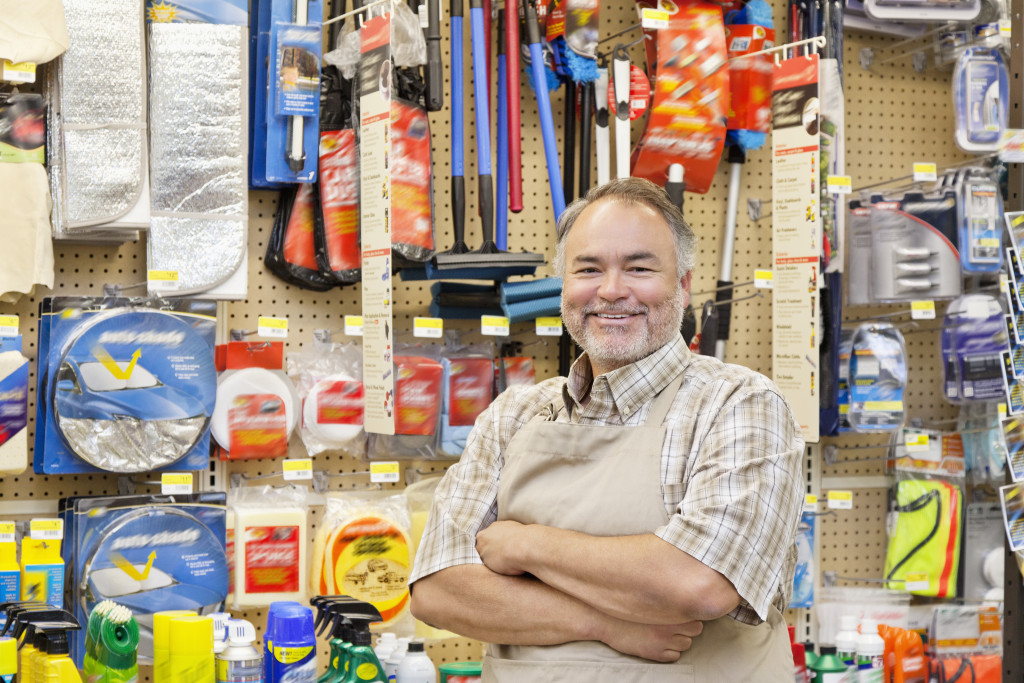Disclaimer: This website provides health information for educational purposes only and is not a substitute for professional medical advice, diagnosis, or treatment. Always seek the guidance of a qualified healthcare provider with any questions you may have.
- U.S. retail and food services sales reached an impressive $697 billion in January 2023, a 3 percent month-on-month increase.
- Location and visibility are key to success when opening a physical store, as well as customer access and convenience.
- Layout and design, the flow of space, and a clutter-free environment are also critical criteria to consider.
- Understand costs and expenses, obtain necessary permits/licenses, and work with a reliable construction firm when building from scratch.
- Thorough planning is essential for setting up a successful physical store.
In January 2023, preliminary estimates of U.S. retail and food services sales reached an impressive $697 billion. The figure shows a 3 percent month-over-month increase and 6.4 percent year-over-year growth from the previous year’s figures. Furthermore, November 2022 to January 2023 total sales saw a remarkable surge of 6.1 percent, while the November 2022 – December 2022 percentage change remained unrevised at 1 percent.
The increase comes as more physical stores opened across the country. Opening a physical store is a big step for any business owner or entrepreneur. It requires careful consideration before taking the plunge into brick-and-mortar retail. Here are some factors you should take into account when deciding if and where to set up shop.

Location and Visibility
One of the most important considerations when setting up a physical store is finding a location to draw in customers. Visibility is vital, so look for spots on busy streets or intersections with plenty of foot traffic. You’ll need to plan on investing more in marketing and advertising. If you’re planning to open in an area with limited visibility. It would be best to consider relocating or waiting until you can find a more visible spot.
Customer Access
Another thing to consider when choosing a location is access. Is it easily accessible by public transit or by car? Are there parking spots available for customers? Will they have to pay for parking if they are driving? Is the store in a safe area where customers will feel comfortable visiting? If not, you might need to invest in additional security measures.
Convenience
No matter what kind of store you’re opening, make sure it is conveniently located for your target customer base and stands out from the competition. Doing so will ensure that your store has a fighting chance of succeeding.
Layout and Design
The layout and design of your store will play an essential role in how customers interact with your space and products. Creating an organized and inviting atmosphere will help customers feel comfortable as they browse. So, spend some time designing an efficient layout that maximizes customer engagement.
Flow of Space
Think about the flow of the space—where do you want customers to enter? How often do people need to cross over each other? Where should certain sections be located? Consider adding special touches like custom signs, artwork, and displays to give your store a unique touch while keeping it functional.
Clutter Free
Finally, remember to keep your store clutter-free and organized. Customers should have easy access to the items they need without having to sift through piles of other products. With a well-planned layout and design, you can create an inviting atmosphere that keeps customers coming back for more.
Reflects the Brand
When it comes to the aesthetics of your store, take time to create a space that reflects your products and brand. Choose colors and textures that complement your items while still looking inviting and modern. Consider how you want customers to feel when they walk into the store and use this as inspiration for designing your interior. Additionally, make sure to update your displays regularly, so customers know there is always something new to explore.

Costs and Expenses
When opening any type of business, budgeting is key. Make sure you understand all the costs associated with running your physical store—from rent payments and utility bills to staffing expenses and inventory costs—so that you don’t end up in over your head financially when it comes time to open your doors.
Permits and Licenses
Additionally, factor in any necessary permits or licenses required by local authorities for operating your physical store (e.g., fire safety permits). And don’t forget about insurance! Having the right coverage can protect your business from legal issues or property damage down the line.
Store from Scratch
If you plan to build the store from scratch, you should work with a reliable construction firm to ensure the project is finished on time. The firm should also have the equipment they need to ensure the project is completed properly. Additionally, it should include any expected fees that may come along unexpectedly, such as taxes or other fees.
Opening a physical store is no small feat—it takes careful planning and preparation before taking the plunge into brick-and-mortar retail. It would be best to consider some crucial factors when making this decision for your business or enterprise. By doing thorough research ahead of time, setting up a shop can be easy!




